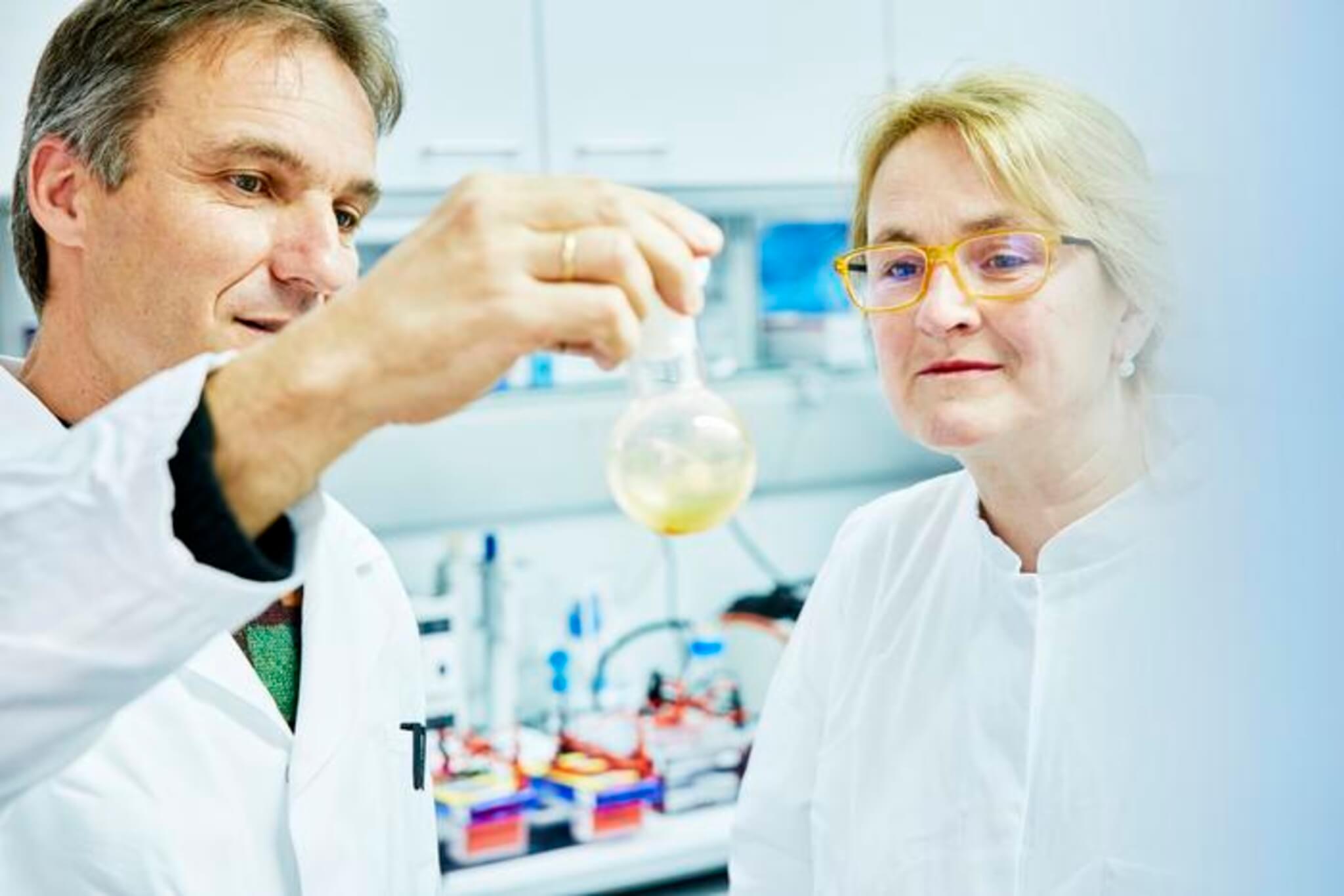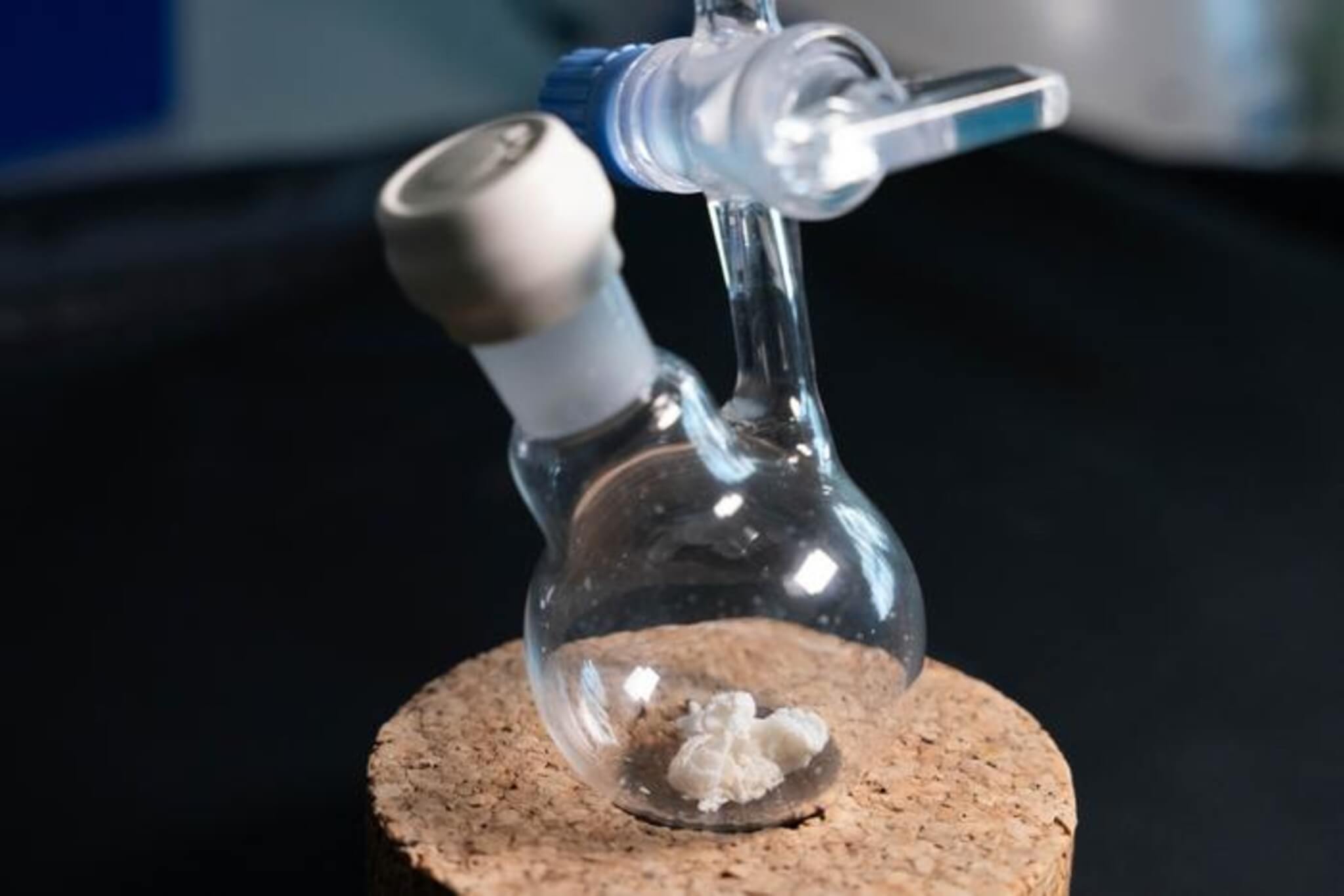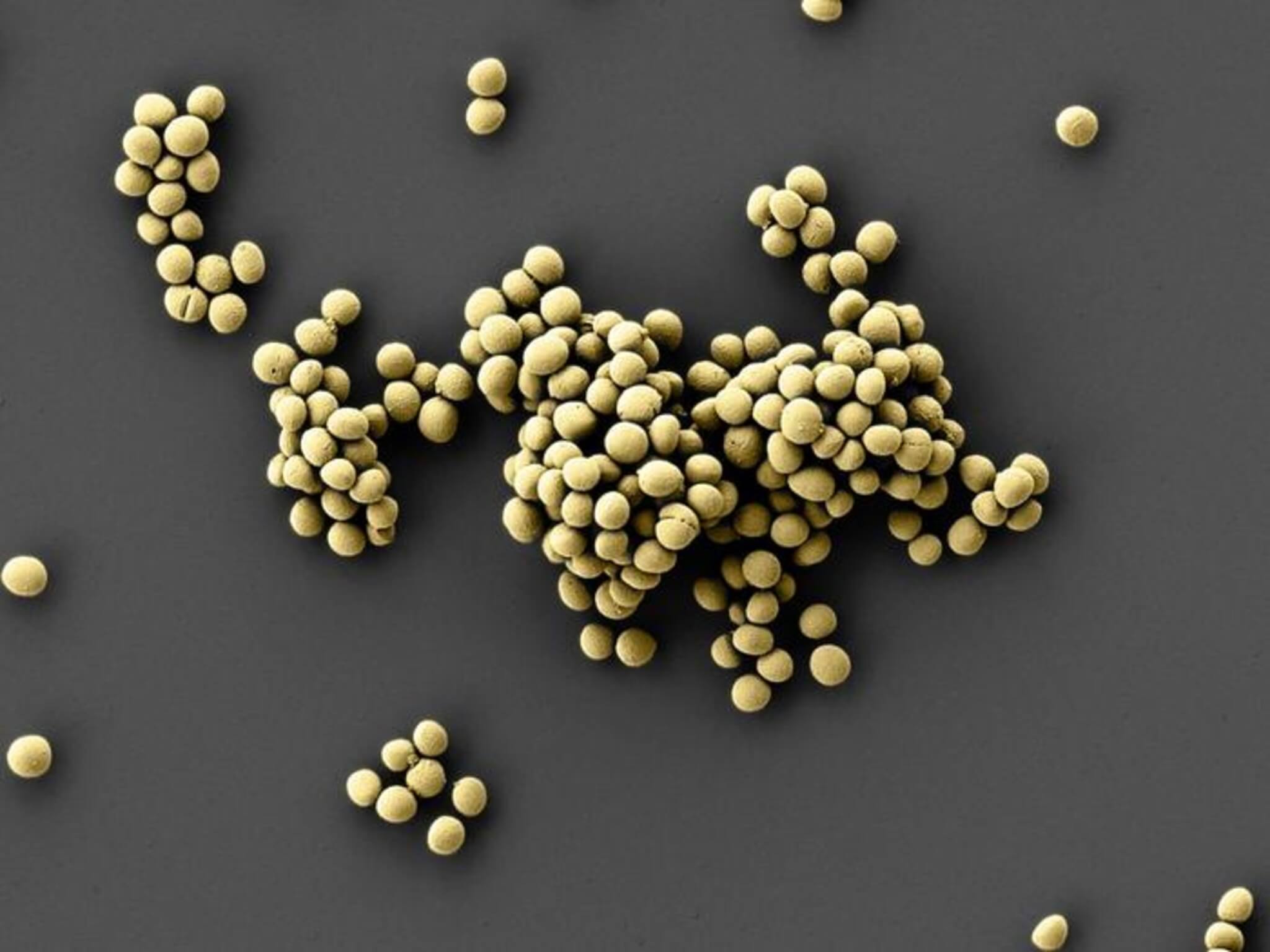TUBINGEN, Germany — Where can doctors turn for answers in their fight against drug-resistant bacteria? How about the human nose? German researchers have uncovered a new substance called epifadin in the human nose that shows promise in combating harmful germs.
Epifadin is produced by specific strains of the bacteria Staphylococcus epidermidis, which is found in the mucous membranes inside the nose and on the skin’s surface. This molecule belongs to a newly identified class of antimicrobial compounds, making it a potential candidate for developing new antibiotics.

Our bodies are home to a complex ecosystem of microorganisms, known as microbiomes, including in the nose, skin, and intestines. In a balanced state, these microbiomes contain both harmless and harmful bacteria. However, when this balance is disrupted, pathogenic (disease-causing) bacteria can flourish, leading to illnesses.
Staphylococcus epidermidis is a typical resident in human dermal and nasal microbiomes. The special strain of this bacterium producing epifadin is thought to create this substance to outcompete other microorganisms.
Notably, epifadin has shown effectiveness against various bacteria, including Staphylococcus aureus. This bacterium is particularly concerning in its antibiotic-resistant form, MRSA, often encountered in hospitals.
The discovery of epifadin follows the University of Tübingen research team’s earlier identification of another antibiotic substance, Lugdunin, in 2016. Both discoveries were made in the human microbiome.

In laboratory tests, epifadin proved lethal to Staphylococcus aureus, attacking and damaging the bacterial cell membrane. However, epifadin is highly unstable and short-lived, limiting its activity to a few hours. This instability means epifadin mainly has a local effect, which could be advantageous as it may reduce the unwanted impact on beneficial bacteria commonly seen with broad-spectrum antibiotics.
The research team, led by Dr. Bernhard Krismer, faced challenges due to epifadin’s instability.
“The data from the laboratory was extremely interesting, but difficult to interpret because of the instability,” says study author Dr. Krismer, from the Interfaculty Institute of Microbiology and Infection Medicine Tübingen (IMIT), in a university release. “Despite the difficulties, I thought it was still worth continuing research into it. Tenacity and a high tolerance of frustration have finally led to success.”
Andreas Peschel, professor of microbiology at the University of Tübingen and speaker of the Cluster of Excellence “Controlling Microbes to Fight Infections,” emphasized the urgent need for new antibiotics due to the rising threat of multidrug-resistant bacteria.

Scanning electron microscope image of epifadin-producing bacterium Staphylococcus epidermidis. (credit: Jeremiah Shuster, Tübingen Structural Microscopy Core Facility / Geomicrobiology / University of Tübingen. Coloration: Elke Neudert/University of Tübingen)”The development of new antibiotics has stagnated for decades,” explains Peschel. “But we need them more than ever, because in recent years we’ve registered a rapid rise in multi-resistant bugs worldwide. It is hard to get control of these infections and our reserve antibiotics no longer have such a strong effect. We urgently need new active substances and treatment methods.”
Future studies will focus on understanding epifadin’s structure and effects more comprehensively. Due to its perishable nature, researchers plan to use chemical synthesis to create stable, artificial molecules resembling epifadin for easier examination and potential therapeutic use.
The study is published in the journal Nature Microbiology.
You might also be interested in:
- Chlorine disinfectants no better at killing hospital superbugs than plain water
- Snot can cure ear infections? Nasal bacteria protects against the common ailment in children
- Window to true health is your tongue: AI revives 2,000-year-old practice to diagnose diseases

